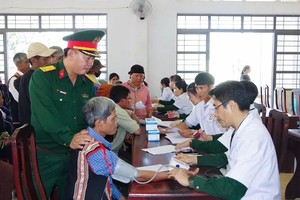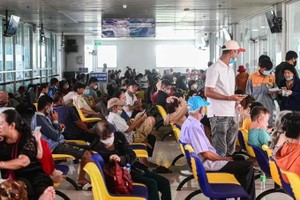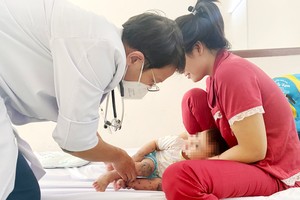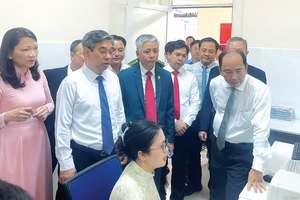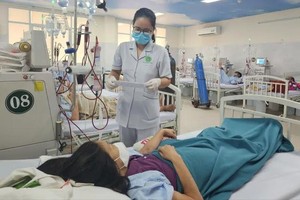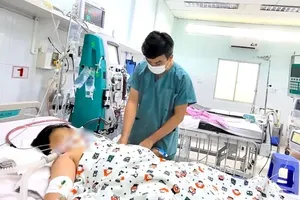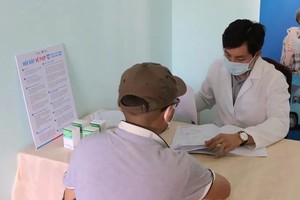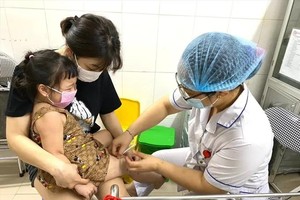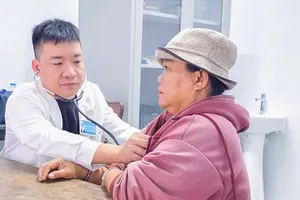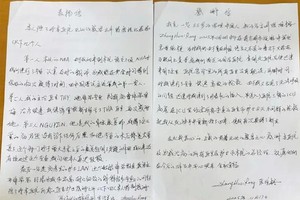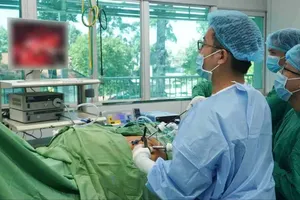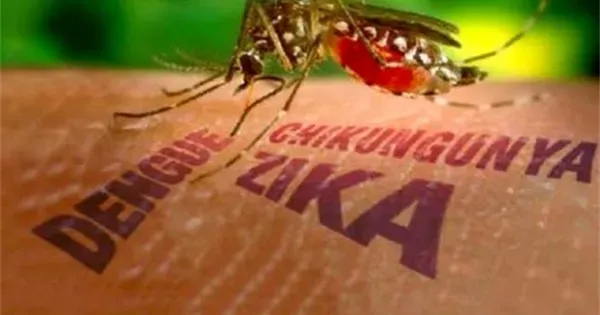
Since July 22, the World Health Organization (WHO) has issued warnings about the rapid spread of the mosquito-borne virus, chikungunya, with major outbreaks reported on several Indian Ocean islands. These outbreaks have since spread to parts of Africa, South Asia, and Europe.
Meanwhile, the Guangdong Provincial Center for Disease Control and Prevention, China, has recorded over 4,800 Chikungunya cases in the first half of 2025, the largest outbreak ever reported in the region.
Singapore has also reported 17 cases of Chikungunya, eight more than during the same period in 2024. At least 13 of the cases involved individuals who had recently traveled to outbreak-affected regions abroad.
Vietnam has not yet recorded any locally transmitted cases of Chikungunya. However, according to the Ministry of Health, the risk of the virus entering the country remains present, particularly as populations of Aedes albopictus mosquitoes, the primary vector of transmission, are currently peaking in many localities.
The summer season, which brings increased international travel, further raises the potential risk of Chikungunya disease entering the country.
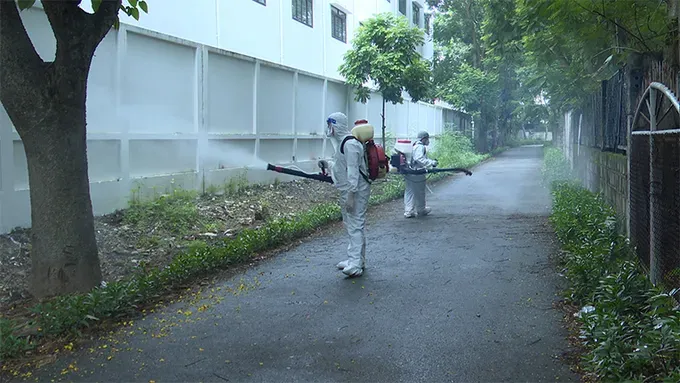
The Ministry of Health has called on relevant agencies and local authorities to strengthen disease surveillance at border checkpoints, within communities, at tourist sites, and across healthcare facilities, with particular attention to travelers arriving from outbreak-affected areas. The goal is to enable early detection and prompt implementation of effective prevention measures.
The Ministry also urged intensified public communication efforts to encourage community involvement in disease prevention, such as reducing unnecessary water containers and eliminating discarded items that could serve as mosquito breeding grounds.
The regional Institutes of Hygiene and Epidemiology. Pasteur Institutes and central-level hospitals have been instructed to coordinate closely with provincial and municipal authorities to intensify surveillance of the Chikungunya disease.
They are also tasked with strengthening guidance on disease prevention and control, particularly in provinces bordering areas of China where Chikungunya cases are on the rise.
In addition, the Ministry is providing technical guidance to local authorities on patient monitoring and treatment, vector surveillance, and comprehensive outbreak response. Inspection teams are being deployed to support high-risk areas and potential hotspots to prevent the spread of the disease.
The Ministry of Health has also advised individuals returning from countries or regions experiencing a surge in Chikungunya cases to monitor their health for 12 days. Anyone showing unusual symptoms, such as sudden high fever, joint pain, or skin rashes, should seek immediate medical attention for timely diagnosis and treatment.
Households and communities are urged to maintain proper environmental sanitation and carry out weekly measures to eliminate mosquito larvae and breeding sites.
Chikungunya is a viral disease caused by the Chikungunya virus and transmitted to humans through the bite of Aedes albopictus mosquitoes. Its symptoms are similar to those of dengue fever and the Zika virus. Common symptoms include fever, joint pain, headache, nausea, fatigue, skin rashes, and prolonged physical weakness.
